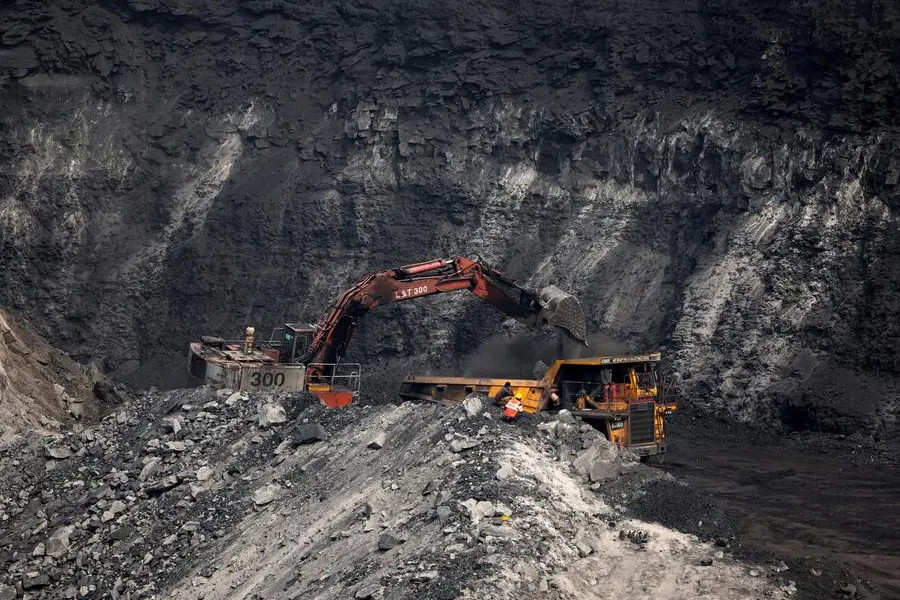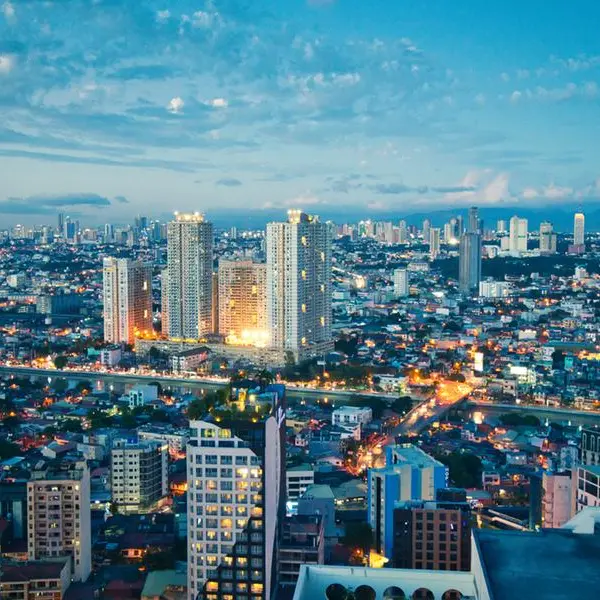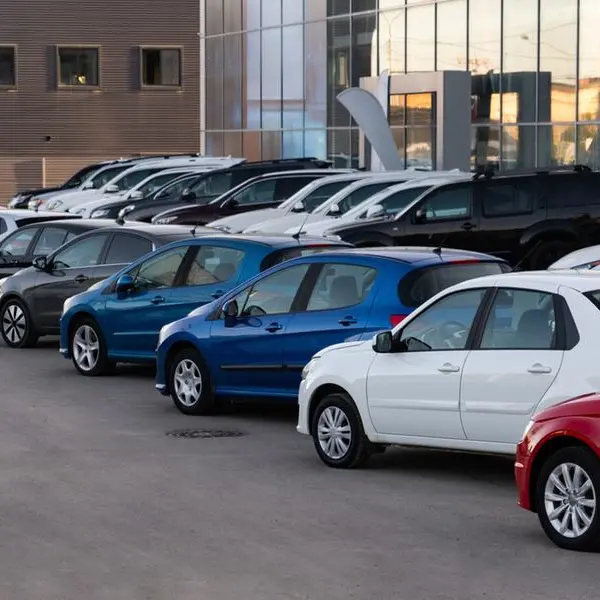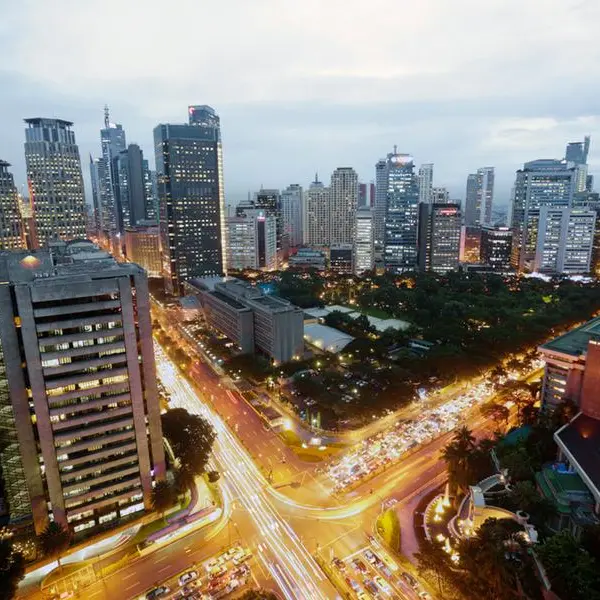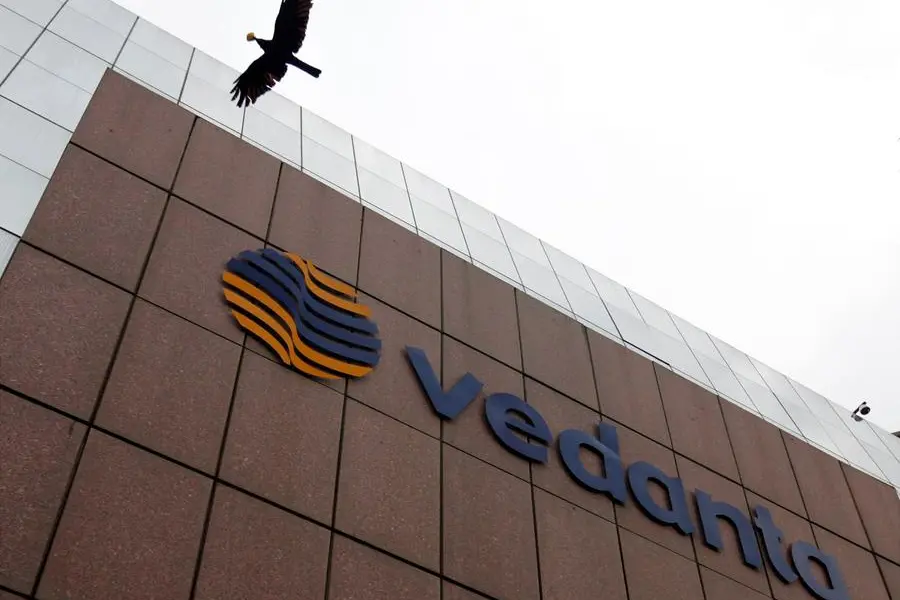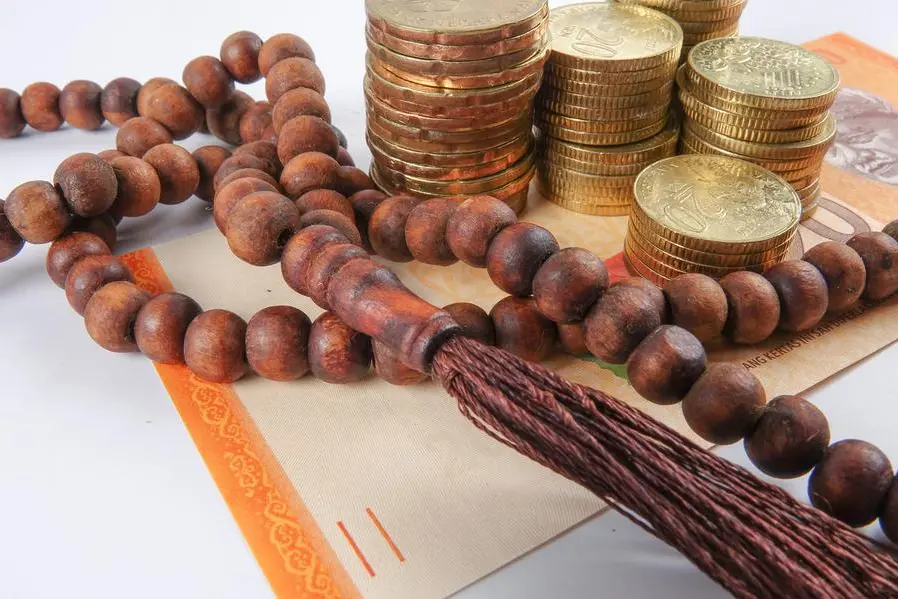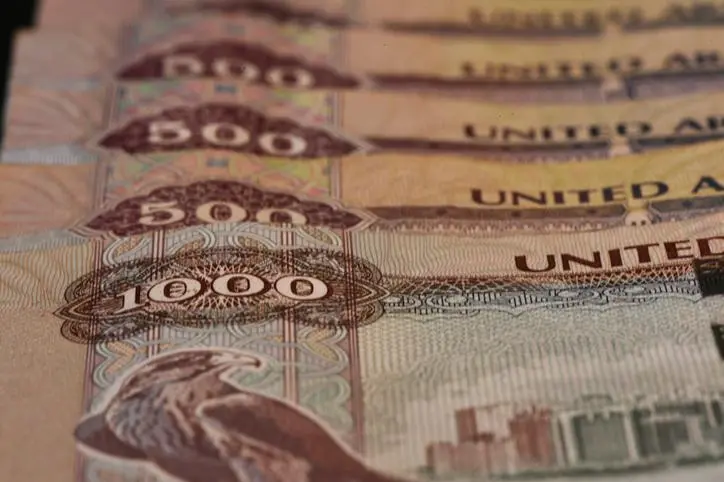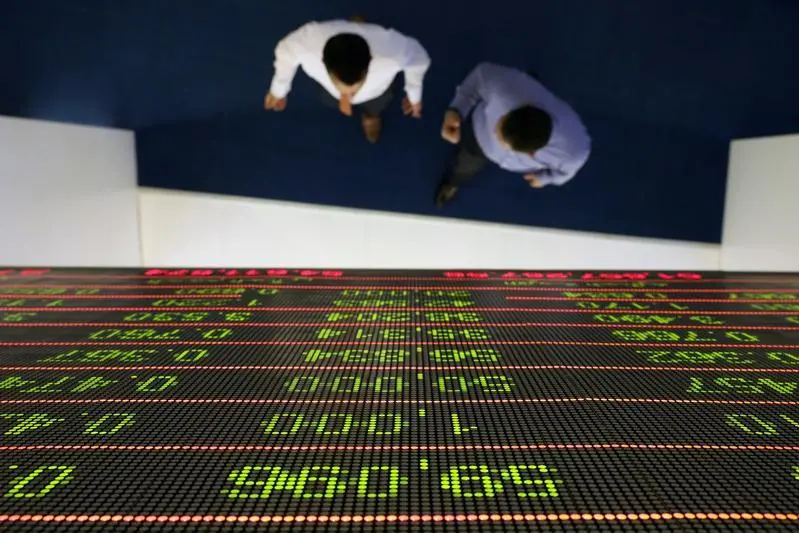PHOTO
Despite the goal to accelerate the transition to clean energy or Renewable Energy (RE), the establishment of new coal plants, including those in Cebu, remains necessary to meet power demands in the coming years.
Department of Energy undersecretary Dr. Rowena Cristina Guevara said those that are exempt from the moratorium of opening new coal plants in the Philippines, including the Thermal Visayas Inc. (THI), 150-megawatts (MW) plant in Toledo City, which is slated to be operational by 2028, should be allowed to operate to provide stability of power supply, while RE generating sources are still building up.
According to Guevara, Cebu urgently needs additional power supply, and the new coal-powered plant will not hinder the country's clean energy objectives.
DOE projects that energy demand for Cebu Province will reach around 1,400 MW in the next two years and outpace supply by 2027 unless new baseload power plants are constructed.
Visayas has a generating capacity of 2,454MW and a system peak demand of 2,153MW or a margin of only 239MW as power reserves.
To date, coal and gas-powered plants are fueling the country's economy.
Based on the Philippine Energy Plan 2023-2050, the Philippines targets a 35 percent RE share by 2030, and 50 percent from 2040 to 2050.
Part of the plan is also to let go of the coal plants in the Philippines to encourage investments in cleaner energy generation plants, such as wind and solar, geothermal , hydro power, biomass and eventually nuclear energy.
Guevara was one of the resource speakers during the two-day 16th Media Seminar hosted by the United States Embassy Manila dubbed ' Powering Progress; The Path Toward the Philippines' Clean Energy Transition,' held in Iloilo from July 8 to 9, at the Courtyard by Marriott Iloilo.
'We wish some of these coal plants will retire and repurpose,' said Guevara expressing confidence that the Philippines will achieve its goal of increasing RE in the country's energy mix.
At present, there are a total of 58 coal plants operating in the Philippines, only one plant is owned by the government, and the rest are privately owned.
The RE share in power generation is projected to reach 56.9 percent by 2040 and 64.9 percent in 2050.
Offshore wind and solar generation is targeted to reach 81 percent of the total RE generation.
The proposed Energy Transition Strategies formalize DOE's efforts to achieve targets, include; accelerated RE development with a special focus on offshore wind; smart and green transmission system to accommodate massive addition of RE to reach 50 percent RE in the generation mix by 2040; building of offshore wind port infrastructure; voluntary early decommissioning and/or repurposing of existing coal-fired power plants (CFPPs); and energy efficiency and conservation.
Meanwhile, Isabella Suarez, lead analyst for Southeast Asia at TransitionZero, a UK-based climate data NGO, cited that the Philippines requires effective laws and policies to accelerate its clean energy goals. Otherwise, it will continue to lag behind other ASEAN countries.
As of January 2024, DOE recorded a total of 128 RE generation companies in the Philippines, operating 188 generating facilities. While 178 generating facilities are operating in the main grid, while10 facilities are operating in the off-grid areas.
In Luzon there are 108 Generating Facilities, 40 in Visayas, and 40 RE facilities in Mindanao.
The Philippines, Suarez explained is lagging behind its RE utilization, particularly for solar and wind which now stands at two percent, versus four to five percent RE utilization its neighbor countries in the ASEAN.
According to Suarez, the Philippines has solid policies and laws that could encourage investments in renewable energy, but the issue lies in their implementation. She noted that "some policies are not aligned with each other."
For solar energy generation alone, the Philippines should implement policies to maximize solar power potential, and provide forward-looking incentives, along with accommodating premium technologies to attract investors, Suarez added.
Copyright © 2022 PhilSTAR Daily, Inc Provided by SyndiGate Media Inc. (Syndigate.info).
The Philippine STAR
